
Climate action and sustainability: Indigenous peoples are part of the solution
By Oluwatobiloba Moody, WIPO Nigeria Office
Indigenous people must be part of the solution to climate change […]. The important value of [traditional] knowledge simply cannot—and must not—be understated. [Indigenous people] are also essential in finding solutions today and in the future...
Patricia Espinosa, Executive Secretary of the UNFCCC
The world’s climate is in turmoil. Extensive bushfires in Australia causing massive destruction to lives (both animal and human), property and the environment have attracted global media attention for months. In the Arctic, there are haunting images of polar bears starving as their natural habitats disappear due to rising waters and melting ice caps, and in Kenya, changing patterns of ocean circulation have created conditions for locusts to ravage pastures. These extreme events point to a stark reality: our climate is changing because of our actions, with serious implications for humanity, ecosystems and global biodiversity.
A key challenge of our time
Between 1998 and 2017, climate-related disasters claimed an estimated 1.3 million lives, causing direct economic losses of around USD 3 trillion. The United Nations Development Program (UNDP) estimates that by 2050 global temperature extremes will breach today’s levels by 2°C with temperatures over the Arctic Ocean rising by 3 to 5°C. At current trends, temperatures in tropical West African and the Sahel are expected to rise by 4 to 6°C by the end of the century. Among other effects, increasing temperatures will cause fluctuations in rainfall with consequences for global food security, health, water resources and biodiversity. We cannot ignore climate change. It is threatening the sustainability of our environment, the irreplaceable haven where humanity can thrive.
The Brundtland Commission
More than three decades ago, the Brundtland Commission coined the term “sustainable development,” which it defined as development that meets the needs of the present without compromising the ability of future generations to meet their own needs. In its 1987 report, “Our Common Future,” the Commission explored in detail, the relationship between human development and the environment, noting the inseparable nature of “the environment” (where we live) and “development” (what we do to improve our lot within that abode). It also noted the unsustainable nature of many of the development paths of industrialized countries whose decisions, given their political and economic power, would “have a profound effect upon the ability of all peoples to sustain human progress for generations to come.”
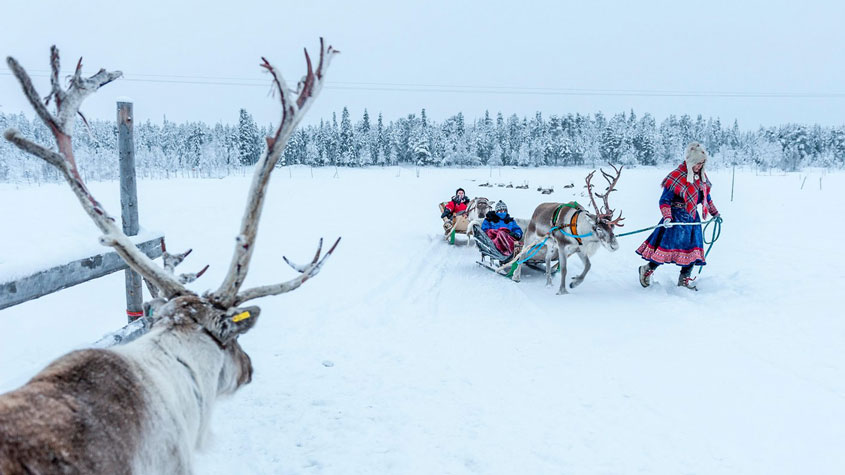
The Brundtland Commission similarly warned that, if unchecked, the emissions arising from human development – in particular, industrialization, and rising fossil-fuel usage – would over time provoke higher median global temperatures, altered weather conditions and irreversible consequences for our future.
Engaging Indigenous communities: a must
As the global community focuses on ways to combat the effects of climate change and to transition to a low-carbon future, the impact on Indigenous peoples must not be overlooked for at least three reasons.
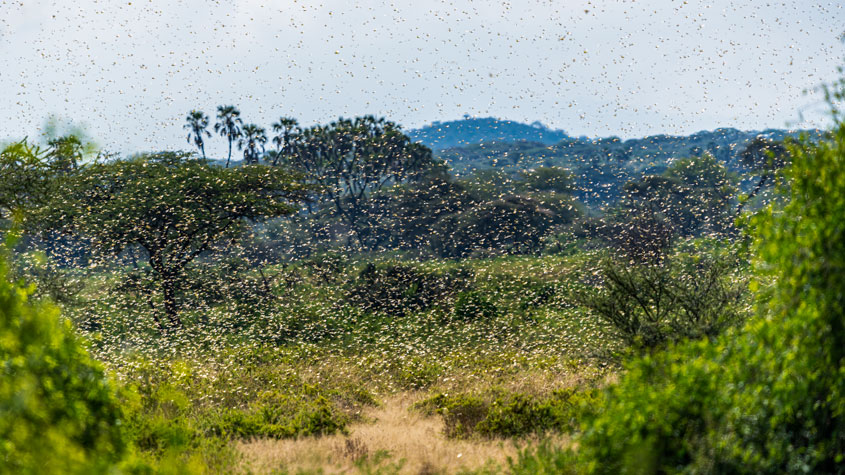
First, Indigenous peoples are dependent on local biodiversity and ecosystem services for their sustenance and well-being. This means these communities are more vulnerable than most to the impacts of climate change. For example, Arctic Indigenous peoples are in the frontline of increased food insecurity arising from thawing permafrost. The International Labor Organization (ILO) suggests six “unique risks” that unite the experiences of Indigenous groups in the context of climate change. They are poor; they depend on renewable natural resources; these natural resources are vulnerable to climate change; Indigenous communities have high migration rates due to climate change; they are characterized by gender inequality; and they are often excluded from decision-making on issues relating to their rights. These factors limit their ability to access remedies, which increases their vulnerability and undermines their ability to mitigate or adapt to climate change. They also threaten their ability to uphold and secure their rights.
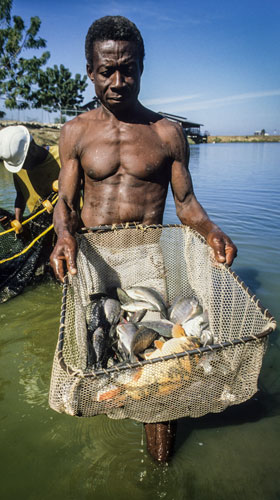
Second, Indigenous peoples possess a wealth of environmental knowledge, which can be critical in effectively adapting to climate change. As Terry Williams and Preston Hardison note in Culture, Law, Risk and Governance: Contexts of Traditional Knowledge in Climate Change Adaptation, Indigenous peoples possess considerable knowledge on issues related to climate change adaptation. Their knowledge is valuable, among other reasons, for helping with the reconstruction of historical baselines, ensuring culturally appropriate adaption, and facilitating coping mechanisms for climate change, all of which continue to support Indigenous peoples’ survival in harsh conditions.
In Australia, for example, Emeritus Professor Bill Gammage discusses a 50,000-year-old Aboriginal fire prevention practice whereby small fires are used to clear the land of debris, scrub, undergrowth and certain grasses to prevent large-scale bushfires. Such practice lessens the impact of bushfires on insects and animals and protects trees and forest canopies. Getting this environmental management art right, however, requires “a lot of local skill.”
Such local skill, or traditional knowledge, refers to the know-how and learnings of Indigenous peoples developed and handed down across generations. UNESCO notes that such knowledge operates at a finer spatial and temporal scale than science and includes understandings of how to cope with and adapt to environmental variability and trends. Traditional knowledge extends to all areas of human activity and its role in predicting and adapting to climate changes and mitigating its inevitable consequences is now increasingly recognized. For example, in North Eastern Ethiopia, the Afar pastoralists use livestock, insects, birds, trees and other wildlife to predict weather and climate patterns. Similarly, the Sapara Nation in the Ecuadorian Amazon use their local insights and perceptions of environmental change and their customary institutions to improve agricultural and natural resource management practices. These are just two instances in which traditional knowledge is helping Indigenous peoples’ adaptation, sustainability and resilience.
Third, and in light of the above, is the right for Indigenous peoples to be involved in making decisions on issues that affect them and their right to be consulted about how their knowledge is used. Traditional knowledge provides Indigenous peoples with tools to manage their natural resources, but it is also a way of life and a distinctive way of seeing the world. Where policies are being elaborated on issues that affect Indigenous peoples and their long-standing relationship with their lands and resources, they have a right to participate in such consultations. They also have a right to be consulted and to share in any benefits deriving from the use of their knowledge and resources in line with relevant domestic and international standards. Engaging with Indigenous peoples to benefit from their knowledge, while respecting their world view and ensuring the sustainability of their way of life, must remain central to global responses to climate change.
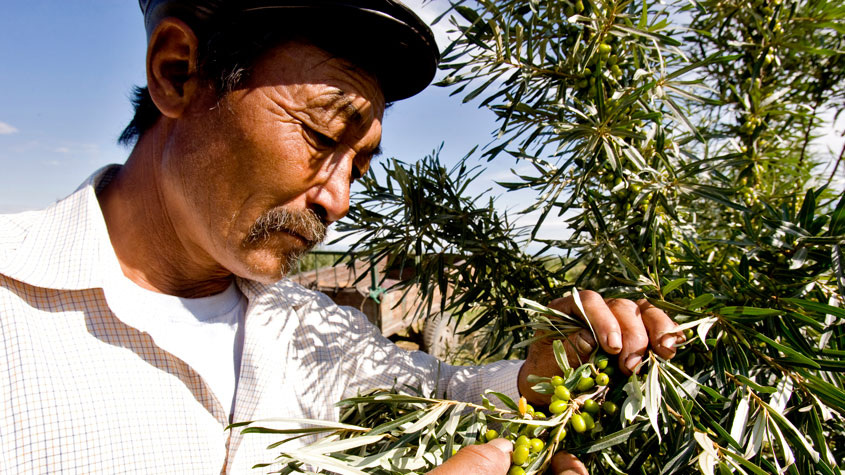
Pathways for engagement
Various international agreements provide for engaging with Indigenous peoples over the use of their knowledge and practices and/or when issues affecting them are in focus. Fundamentally, the United Nations Declaration on the Rights of Indigenous Peoples (UNDRIP) creates a minimum standard of rights guaranteeing respect, recognition and equity in terms of engaging with Indigenous peoples. The Paris Agreement on Climate Change requires that actions taken to address climate change must respect, promote and consider the respective obligations on the rights of Indigenous peoples and local communities. The Local Communities and Indigenous Peoples Platform established by the Conference of the Parties (COP) to the United Nations Framework Convention on Climate Change (UNFCCC) recognizes the need to incorporate solutions from Indigenous communities into conversations on climate change. However, ensuring the integration of these ideas into mainstream policymaking requires further work. The Convention on Biological Diversity (CBD) and its Nagoya Protocol also recognize the importance of obtaining the prior informed consent of Indigenous peoples and of establishing mutually agreed terms for benefit sharing with respect to the utilization Indigenous peoples’ traditional knowledge. On-going negotiations within the Intergovernmental Committee on Intellectual Property and Genetic Resources, Traditional Knowledge and Folklore (IGC) at WIPO also have the potential to add to the range of rights available to Indigenous peoples when seeking to protect or defend their interests in instances where their knowledge is sought and/or used to develop climate-relevant technological products and processes.
Integrating traditional knowledge into climate action: challenges
According to Kanyinke Sena, a former chairperson of the United Nations Permanent Forum on Indigenous Issues, several challenges exist in integrating traditional knowledge into climate change actions, particularly in African countries. These include the absence of enabling legal frameworks, disinterest of key decision makers and sectors, lack of documentation about relevant traditional knowledge and a shortage of the necessary expertise and resources. Documentation of climate-related traditional knowledge, in particular, has received much attention as an important way forward. Yet, it raises a number of intellectual property (IP) issues and must be approached with care. It is therefore a welcome development to see WIPO working closely with the UNFCCC as IP advisor to its Local Communities and Indigenous Peoples’ Platform. WIPO’s capacity building toolkit for documenting traditional knowledge also provides helpful guidance to Indigenous communities and/or stakeholders when considering documentation options.
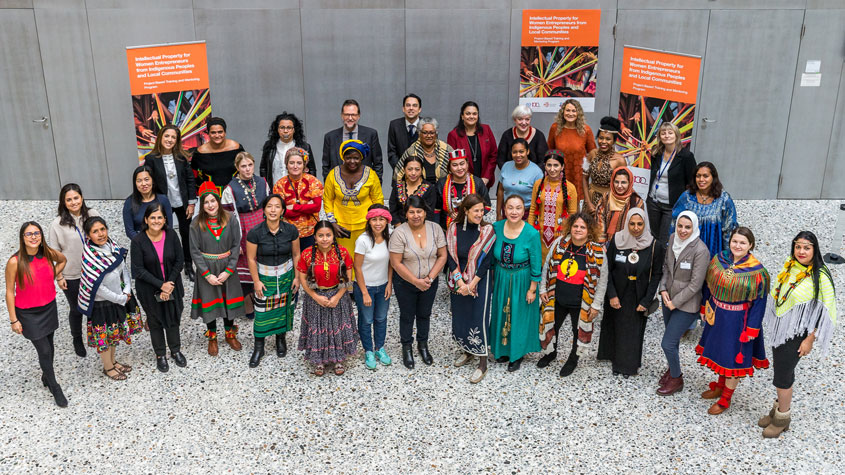
Building the capacity of Indigenous peoples to engage in complex international negotiations, including in relation to IP, must be a priority. This will help identify gaps in the documentation of traditional knowledge as well as opportunities in policy and legal frameworks to establish partnerships with the scientific community that will enhance the contributions of traditional knowledge to climate action and the Sustainable Development Goals (SDGs). Such capacity building will also create opportunities for information exchange, and will strengthen the ability of Indigenous peoples to engage with local authorities in designing and implementing mutually beneficial climate mitigation efforts.
Changing attitudes: green solutions come into focus
Broader recognition of the scale of the climate crisis is fueling the search for green solutions. In broad terms, the concept of “greening” represents a global attitudinal shift towards environmental consciousness in human activity, and in the design and implementation of development policies and frameworks. The international agreements referred to above acknowledge the important contribution that Indigenous peoples and their environmental management principles can offer in terms of the sustainable management and use of biodiversity. Indigenous lands cover 22 percent of the world’s land and around 80 percent of the planet’s biodiversity. They also lie adjacent to 85 percent of the world’s protected areas. As such, and thanks in large part to traditional approaches to natural resource management, these lands are a sink for hundreds of gigatons of carbon.
Various institutional approaches, which reflect a growing global commitment to finding environmental solutions, are also emerging. Examples include WIPO GREEN, an online platform for the exchange of green technologies, The Green Initiative (ILO), and the Green Growth Framework (African Development Bank) . Such approaches must also prioritize active engagement with Indigenous peoples to ensure the sustainability of their livelihoods and experiences.
The 2030 Sustainable Development Agenda, identifies as a priority the need to “[s]trengthen resilience and adaptive capacity to climate-related hazards and natural disasters in all countries” (SDG 13.1). As such, active engagement with Indigenous peoples is essential. Not least, because it will help ensure that the design and implementation of well-intentioned “green projects” do not have a negative impact on the resources, livelihoods and cultures of Indigenous communities. Failure to mainstream traditional knowledge into the design and implementation of climate-change-mitigation strategies risks undermining the livelihoods and resilience of Indigenous peoples and weakening customary rights to their lands and natural resources. It would also represent a lost opportunity to complement scientific data with invaluable insights about Indigenous adaptation and mitigation practices.
Related Links
The WIPO Magazine is intended to help broaden public understanding of intellectual property and of WIPO’s work, and is not an official document of WIPO. The designations employed and the presentation of material throughout this publication do not imply the expression of any opinion whatsoever on the part of WIPO concerning the legal status of any country, territory or area or of its authorities, or concerning the delimitation of its frontiers or boundaries. This publication is not intended to reflect the views of the Member States or the WIPO Secretariat. The mention of specific companies or products of manufacturers does not imply that they are endorsed or recommended by WIPO in preference to others of a similar nature that are not mentioned.